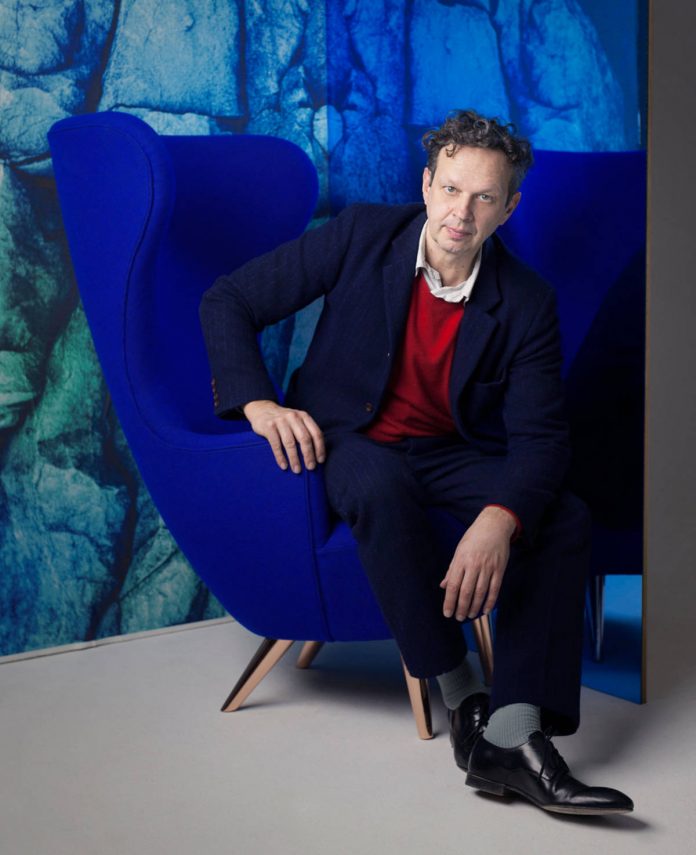You are a self-taught designer. What are the strengths of this not-academic training?
I only spent five months at art school and left as I felt I was not learning anything. My strength comes from still viewing the design process as a hobby, or a fun pastime , and deriving real pleasure.
One of the most important experiences in the beginning of your career has been the collaboration with Cappellini, in the early ‘90. What do you remember of that period?
Giulio Cappellini took many risks and had a unique vision which was more international and allowed many designers to express themselves in a supportive environment for creativity . This collaboration was very fascinating because of the positive attitude toward design and manufacturing and industry. Italian craftsmen and industrialists really respect design as an intrinsic component of life and work. They believe in quality and for this reason are very open to innovation.
For Cappellini you have designed S-Chair, that has become an icon of contemporary design. In which way this success has influenced or changed your career?
The S-Chair offered me the opportunity of an alternative to self-production and a lot of visits to sunny Milan …
During the years you have experimented new forms of expression, combining contemporary art, design and craftsmanship. What is the relationship between creativity and functionality in your work?
I try to avoid categorising or divide my work into the classic battle between form and function. Each piece has a different story and a different departure point. Sometimes more sculpture, sometimes more useful, sometimes more defined by a manufacturing technique or material.
From Jack to the recent Copper Shade and Beat, you have designed many lighting systems. What fascinates you in this field of design?
I enjoy designing lighting because it is a field where there is constant technical innovation – new bulbs , light sources…, and it seem to be a place where customers feel happy to experiment and bring modernity into their homes.
What are the differences in the design process of lighting systems and furniture?
In principle they are technically very different as one is more to do with structures and ergonomics the other about electrical engineering and creating luminosity, but both hold very interesting sculptural opportunities too.
What are you going to present at Milan Design Week?
The Cinema is an entertainment show highlighting our latest designs through a series of installations, in an abandoned 400 mq theatre in the heart of Milan. We think that people visiting Milan Design Week are assaulted by all kinds of exhibits and new products , but in our cinema it’s ShowTime! There will be the opportunity to sit down, hang out and see some design entertainment. The resourceful design entrepreneur in the modern age is now committed not just to the creation of an artefact, but also to the communication, contextualisation and commercialisation of their ideas. The latest newness is no longer just a prototype on a pedestal but innovation available instantly – to buy now or to have delivered anywhere.
New products include Melt, a beautifully distorted lighting globe that creates a mesmerizing melting hot blown glass effect. Available in copper, chrome and gold. Born from our collaboration with Swedish radical design collective Front.
Why is it still important to participate at an event like Il Salone del Mobile di Milano?
Because of its direct connection with the furniture industry in the region, and its international significance, and the fact that it has become THE global carnival of design.







